Every June, the mountain town of Berga, in the heart of Catalonia, erupts in fire, music, and tradition during La Patum, one of the most unique and spectacular festivals in Europe. Declared a Masterpiece of the Oral and Intangible Heritage of Humanity by UNESCO, this centuries-old celebration draws visitors from all over the world for a truly immersive cultural experience.
In 2025, La Patum will take place from June 17 to 22, filling the streets of Berga with ancient rituals, dancing giants, demonic fireworks, and timeless community spirit. Here’s your complete guide to understanding, enjoying, and safely attending this unforgettable event.

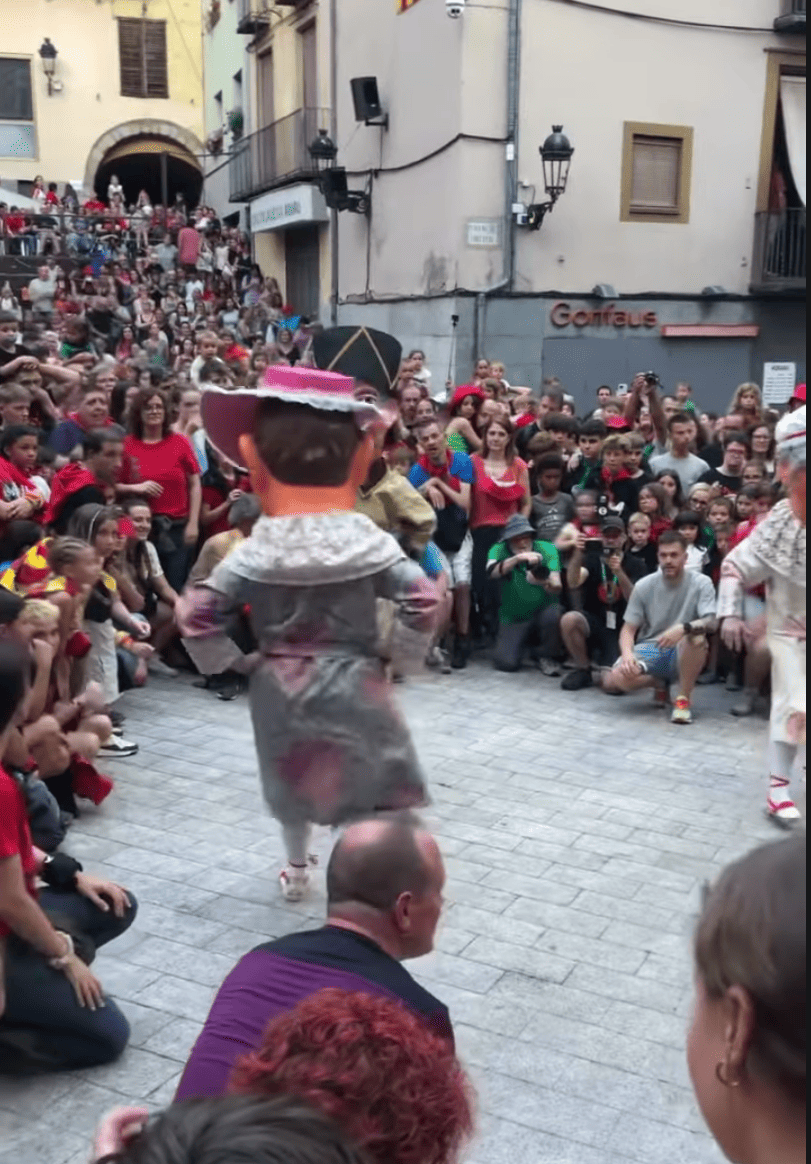
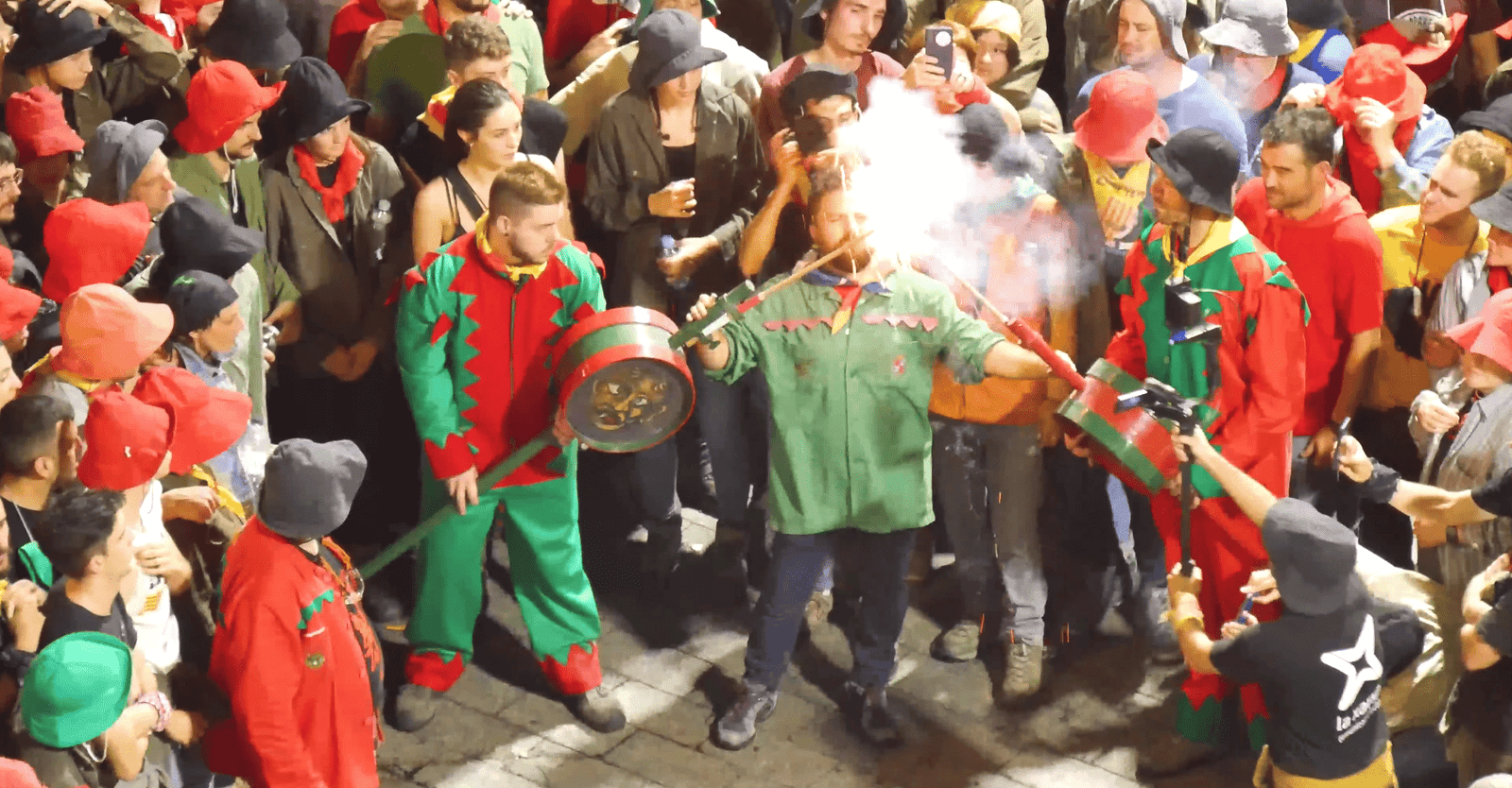
1. What Is La Patum and When Does It Happen?
La Patum is a week-long traditional festival that takes place in Berga (Barcelona province) during the Corpus Christi week, a Catholic feast that usually falls in late May or June. In 2025, Corpus falls on Thursday, June 19, and the main celebrations will run from Tuesday, June 17 to Sunday, June 22.
Rooted in medieval religious processions, the festival has evolved into a fiery fusion of pagan and Christian traditions, celebrated with a series of dramatic performances and symbolic characters that represent good and evil, nature, and the cosmos.
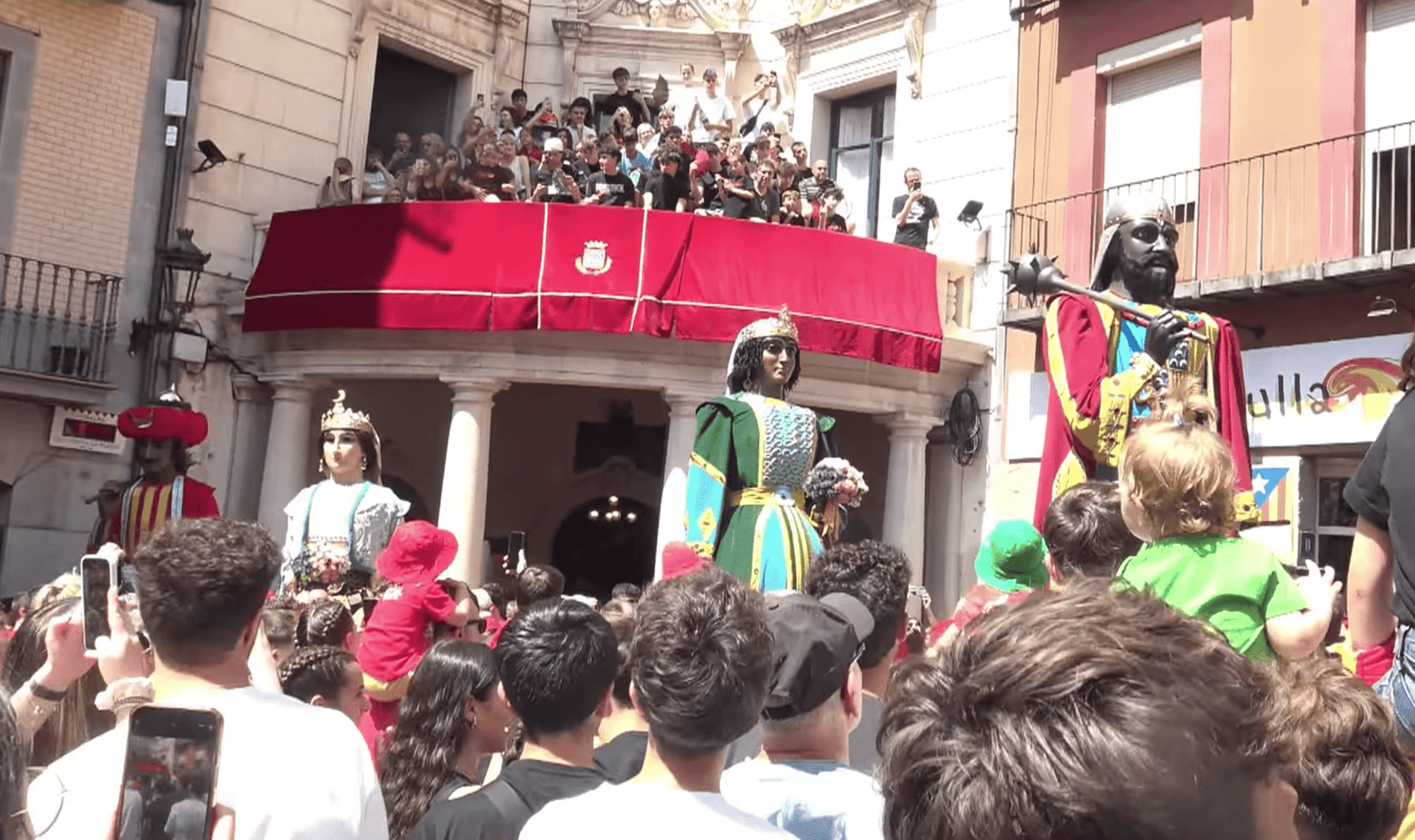
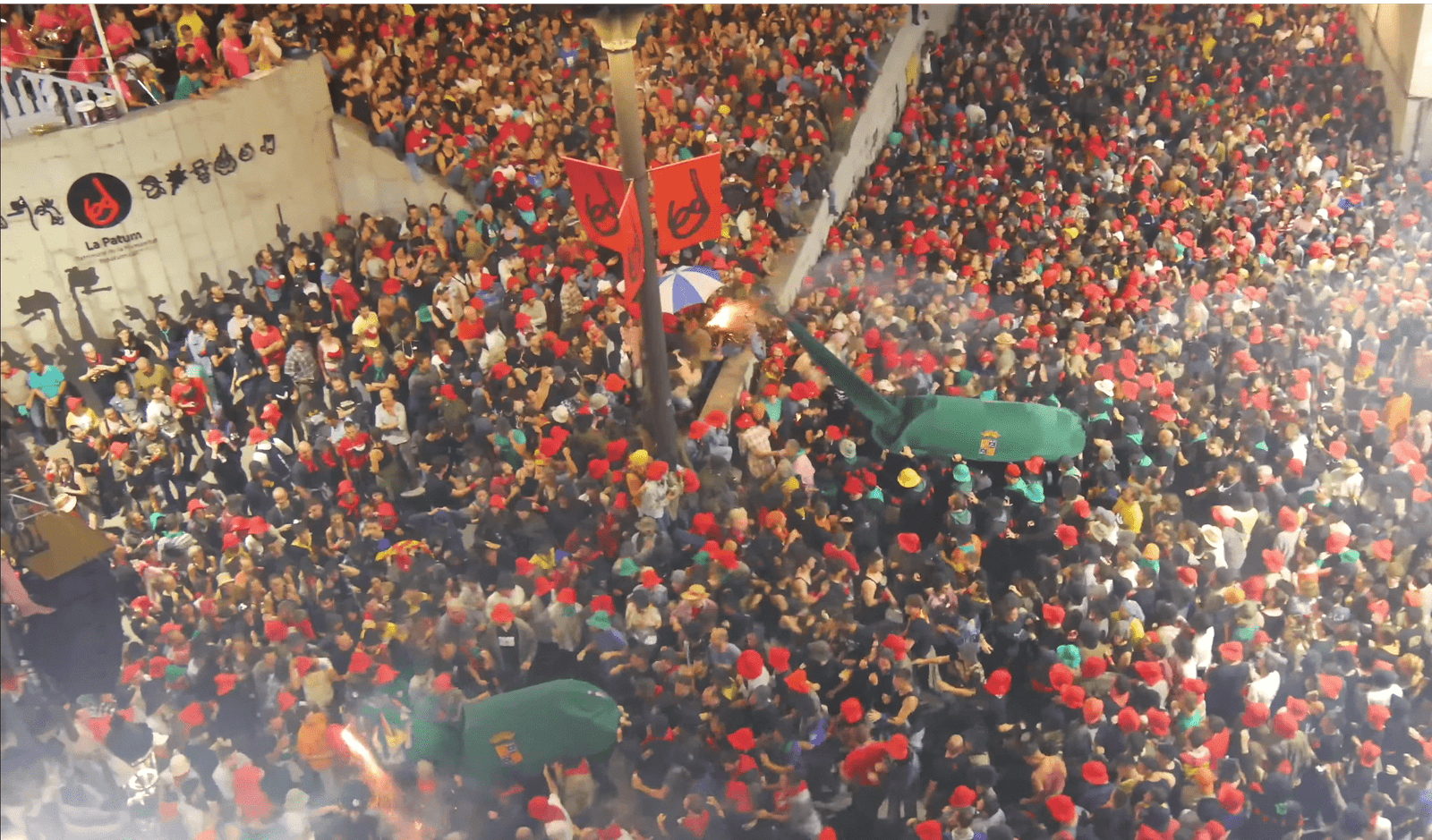
2. A Festival with Deep Historical Roots
La Patum is first documented in 1454, though it likely existed earlier as part of processions meant to teach Biblical stories through theater, music, and visual spectacle. Over time, it absorbed older, pre-Christian rituals tied to the summer solstice, resulting in a deeply symbolic and visceral experience.
These performances — full of rhythm, satire, fire, and chaos — were eventually formalized as “Patum” (from “patum-patum”, imitating the sound of the drum) and transformed into a unique cultural treasure passed down through generations.
3. A Recognized Cultural Treasure
La Patum’s cultural and historical significance is such that it has received top recognitions:
- In 1983, it was declared a Traditional Festival of National Interest by the Catalan government.
- In 2005, it was recognized by UNESCO as a Masterpiece of the Oral and Intangible Heritage of Humanity.
- It was officially inscribed in 2008 on UNESCO’s Representative List of the Intangible Cultural Heritage of Humanity.
4. 2025 Program Highlights (June 17–22)
Here’s what you can expect during this year’s edition:
Tuesday, June 17
- Patum de la Llar (6:30 PM): A smaller opening performance held at the Residència Sant Bernabé (nursing home), involving residents in a more accessible version of the festival.
Wednesday, June 18
- Vespres (Eves): The festival truly kicks off in the evening with music and parades through the town.
Thursday, June 19 (Corpus Christi Day)
- Patum de Lluïment (morning): A ceremonial daytime Patum with full comparsa processions.
- Patum Completa (night): The full-scale spectacle begins, including the famous Salt de Plens (Jump of the Fire Devils).
Friday, June 20
- Patum Infantil (morning): A special children’s version of the festival, where younger residents perform simplified versions of the dances and rituals.
- Vespres (night): Evening celebrations continue.
Saturday, June 21
- Another Patum Completa, often considered one of the most intense nights of the festival.
Sunday, June 22
- Patum de Lluïment (morning).
- Tirabols (late night): A joyful and participative final dance bringing the festival to a close.
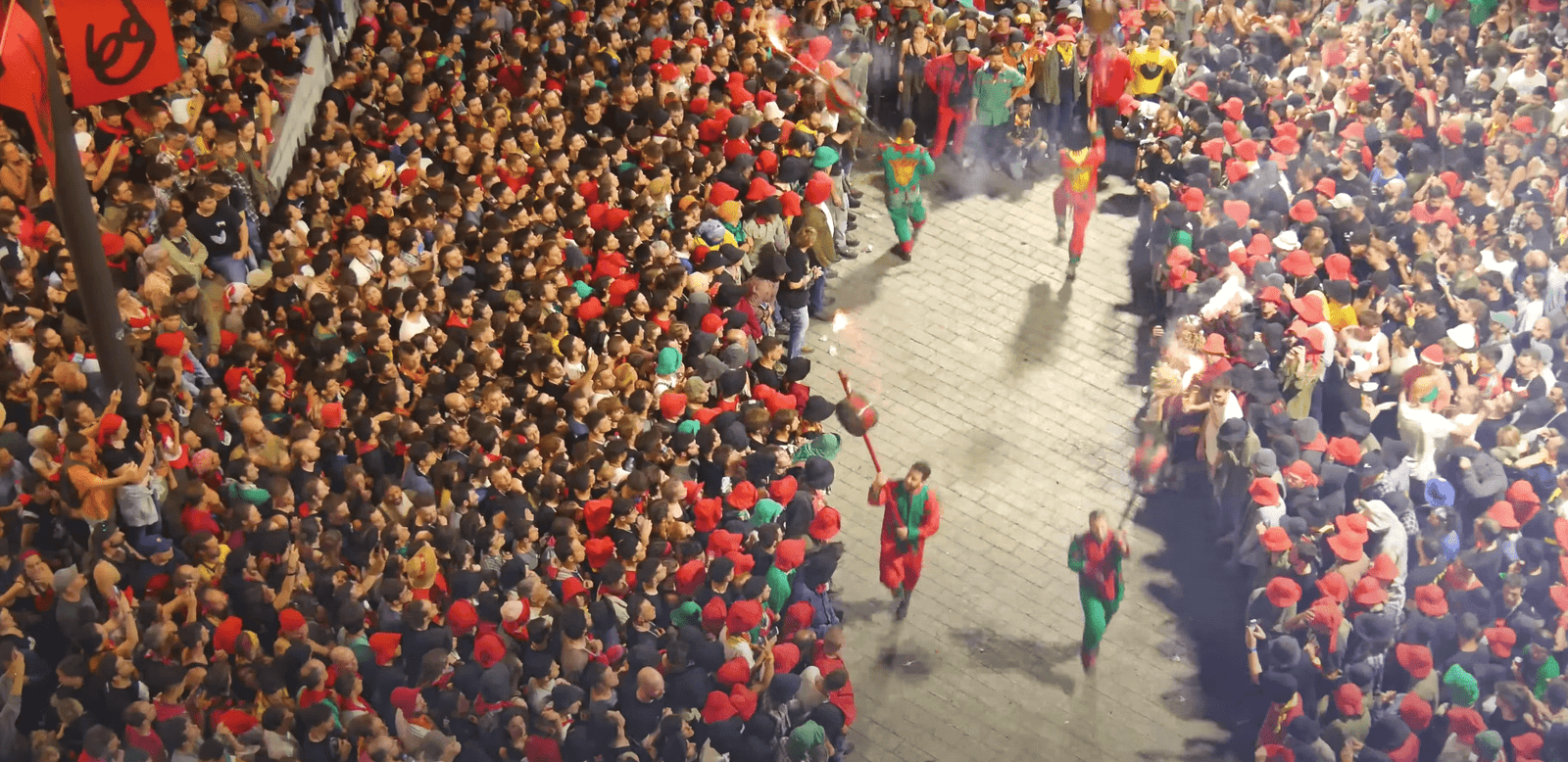
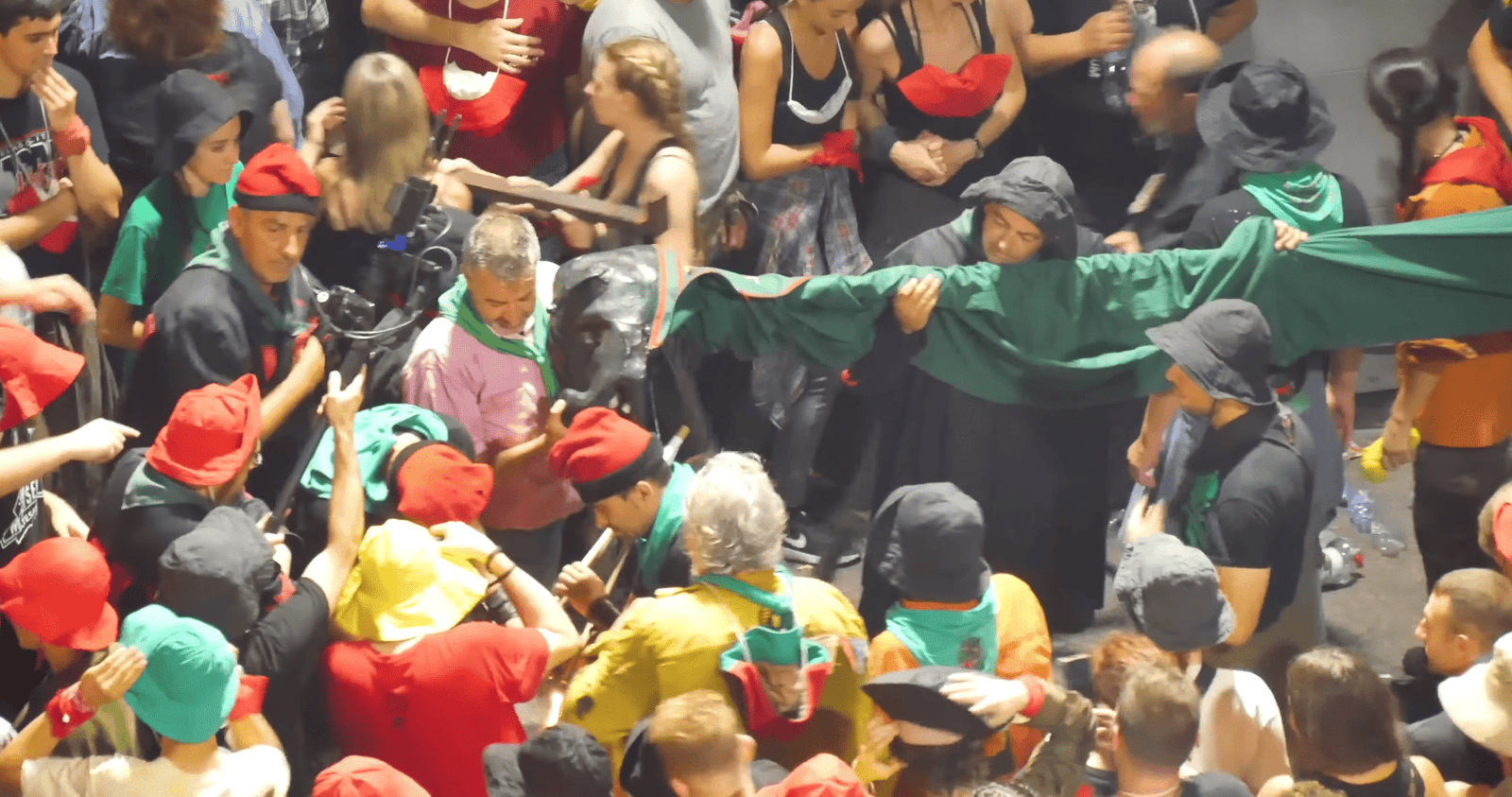
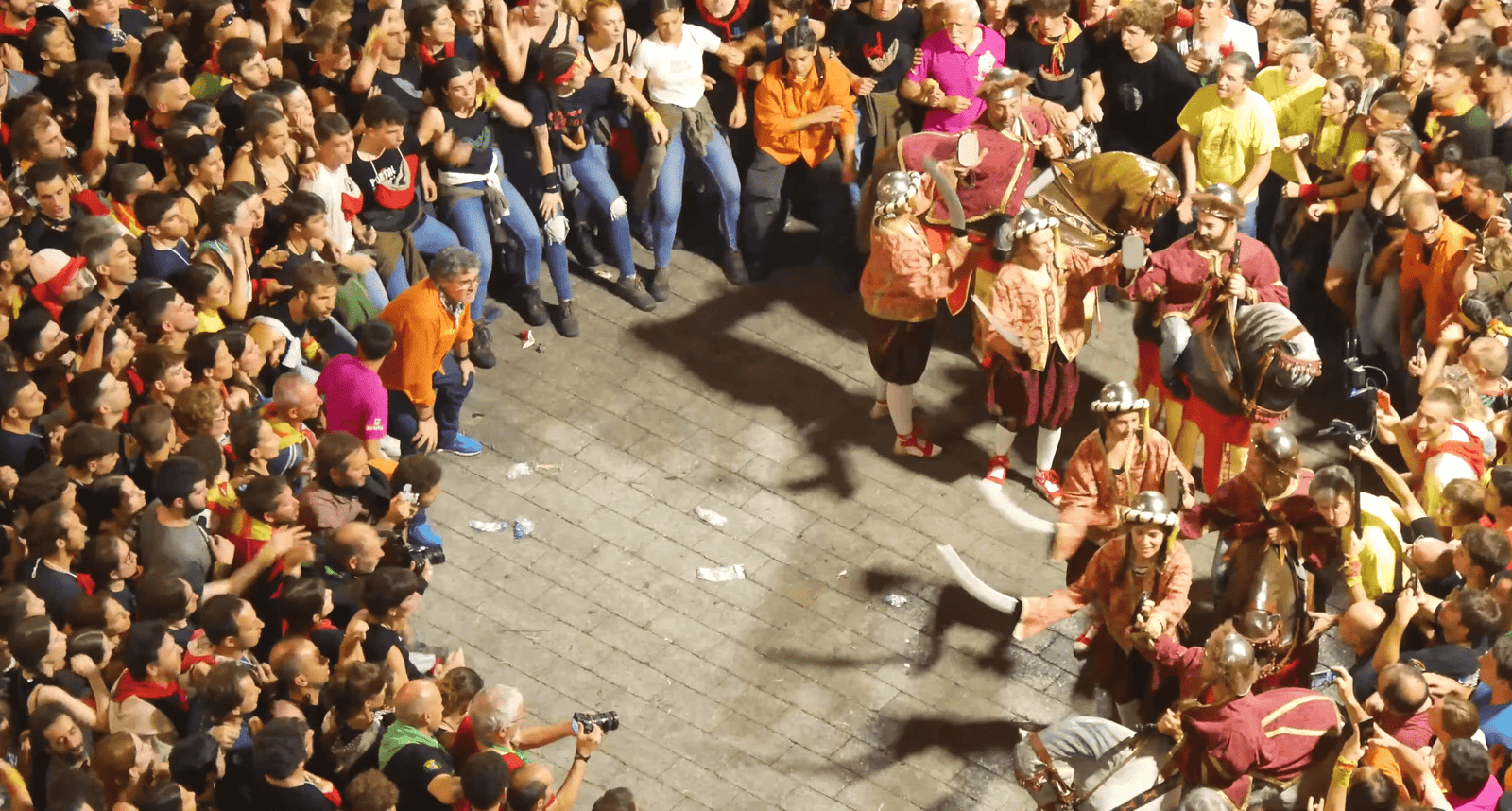
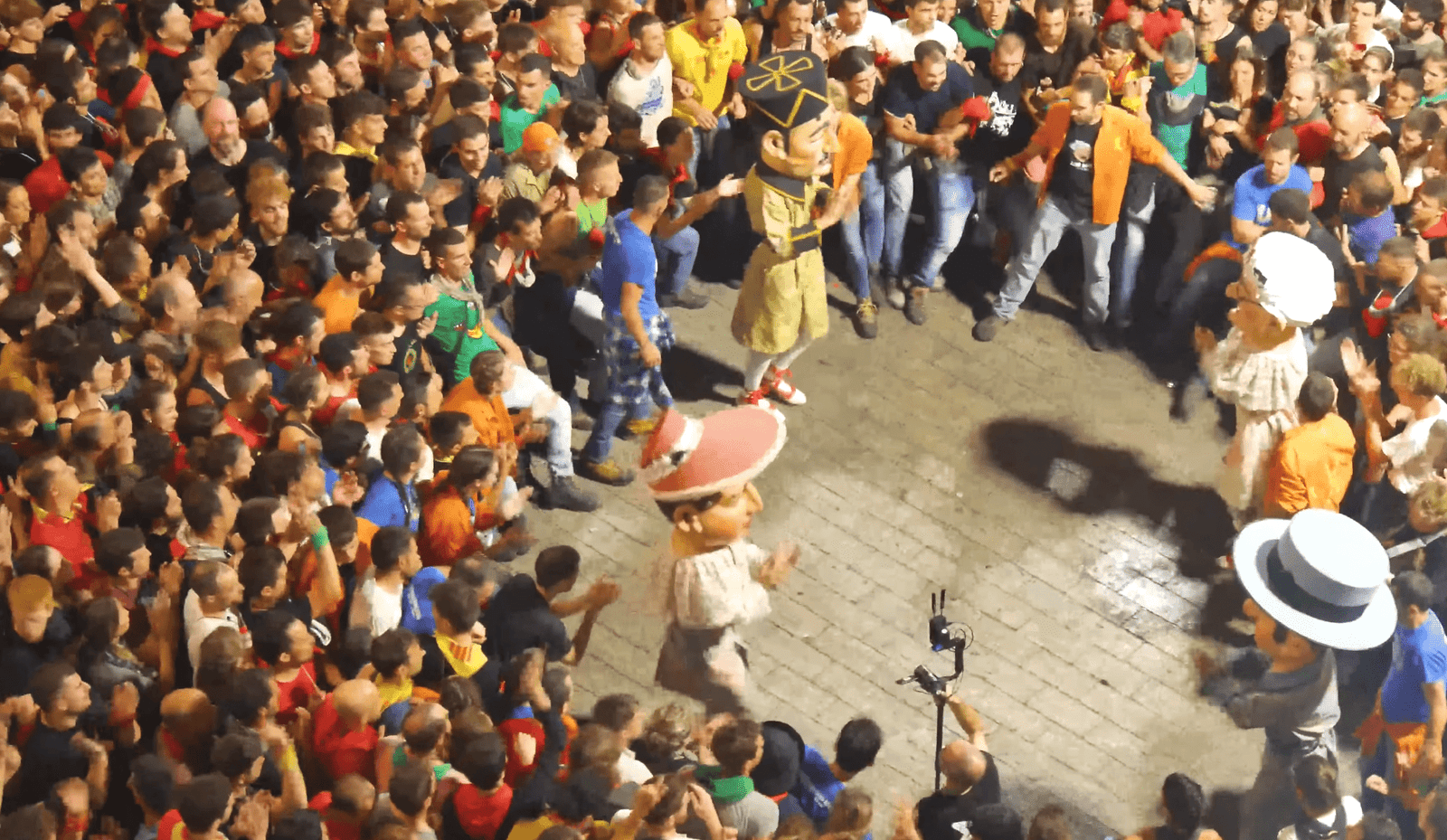
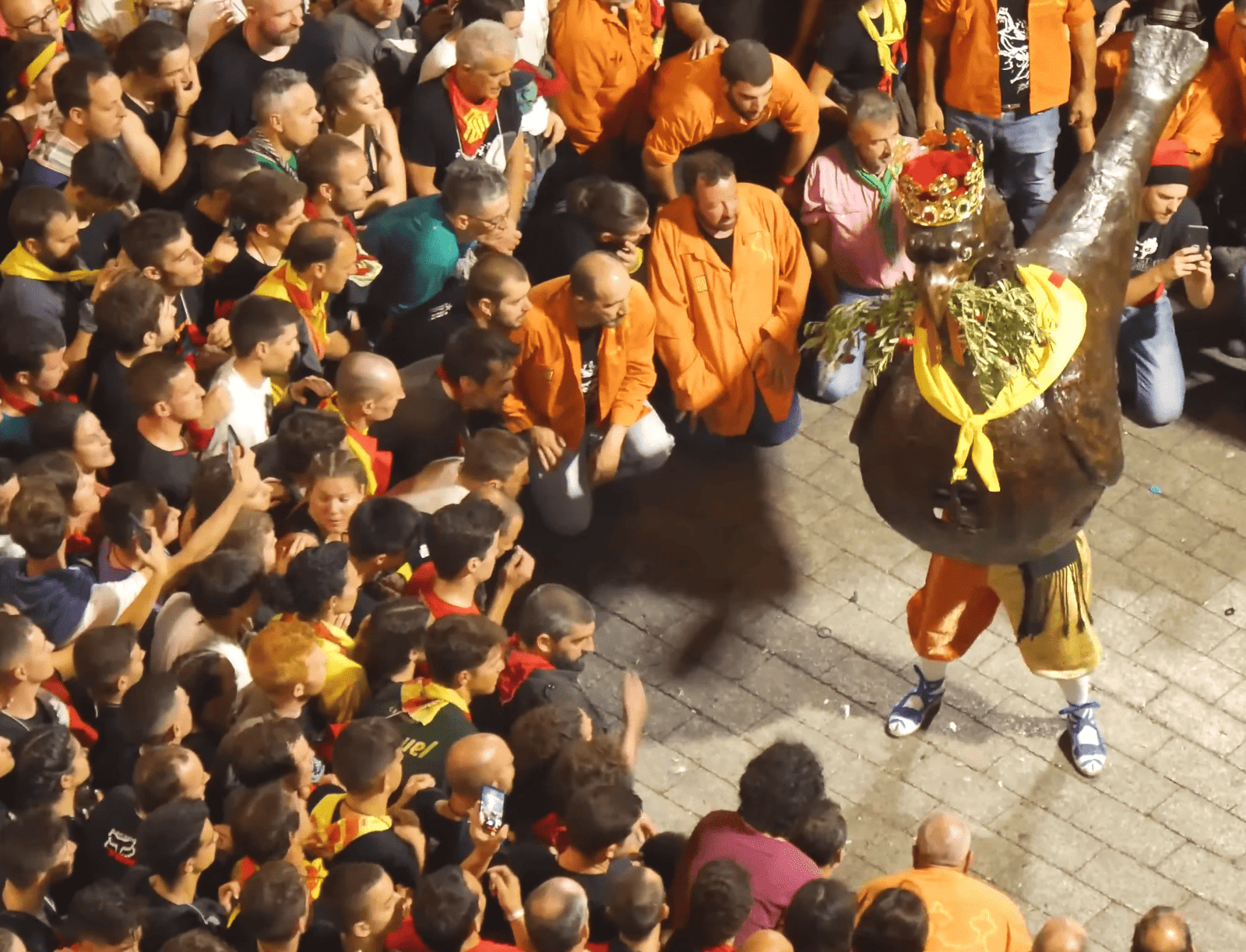
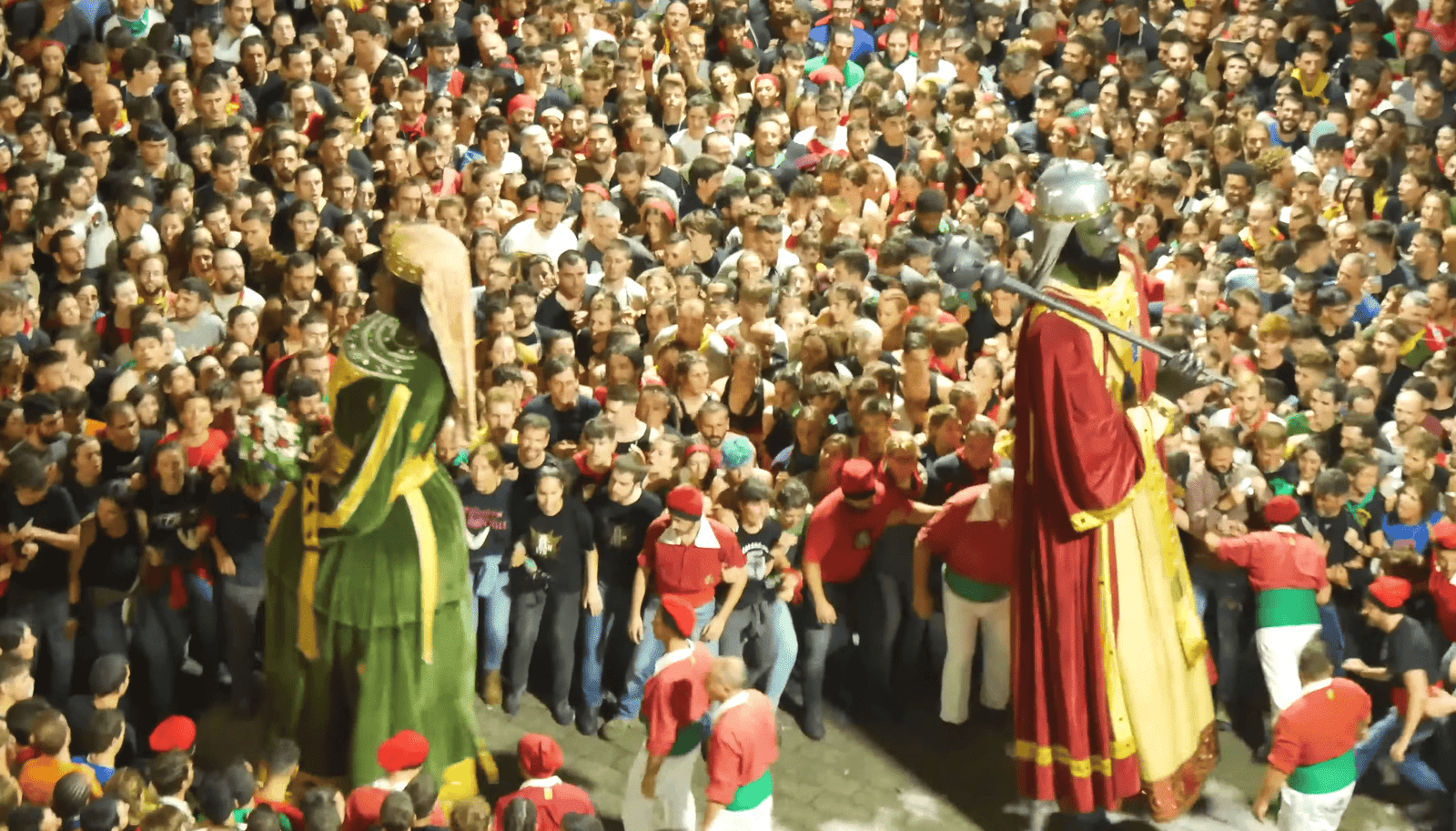
5. The Main Characters: Fire, Beats, and Symbolism
La Patum is brought to life by a series of traditional figures and troupes called comparsas, each with a unique role in the performance:
- Els Plens (The Fire Devils): Possibly the most iconic moment — dozens of devils covered in fireworks jumping in unison in the main square. Not for the faint of heart!
- Les Maces: Figures representing the forces of evil, originally symbolizing demons being cast out.
- Els Turcs i Cavallets: Mock battles between Moors and Christians on horseback, dramatized with rhythm and dance.
- Les Guites: Dragon-like beasts that chase spectators while spitting fireworks.
- L’Àliga (The Eagle): A majestic symbol of power and authority, danced solemnly in the central plaza.
- Els Gegants (Giants): Towering figures representing historical and mythical kings and queens.
- Els Nans (Big-Headed Dwarves): Split into “Old” and “New”, these characters add satire and humor.
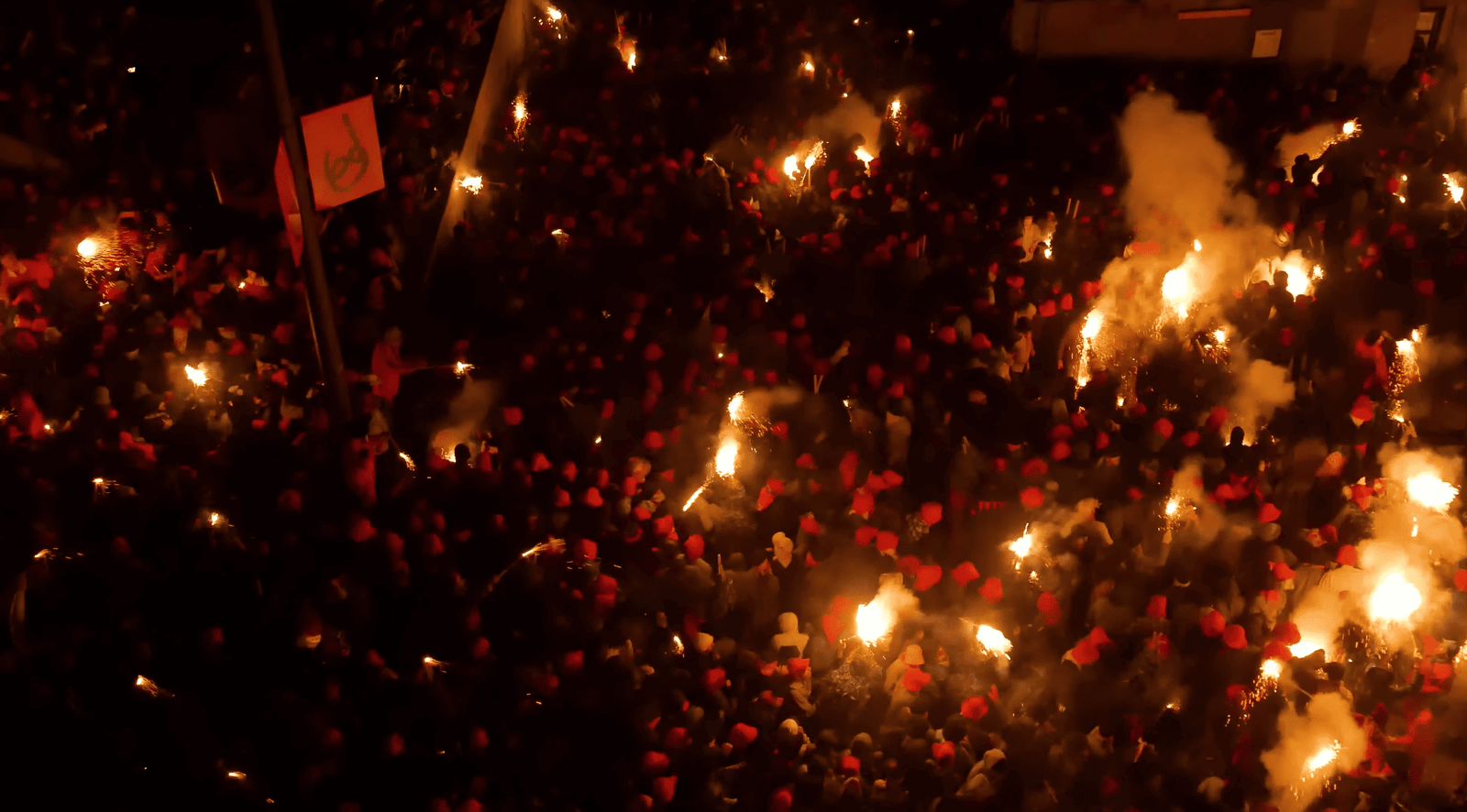

6. Don’t Miss: The Salt de Plens
If there’s one moment that defines La Patum, it’s the Salt de Plens, or “Jump of the Fire Devils”. At nightfall, around 100 costumed devils explode into a frenzy of coordinated chaos, dancing amid fireworks and smoke in the Plaça de Sant Pere.
The entire square becomes a sea of fire and rhythm, with drums, sparks, and the crowd moving as one. It’s a spiritual and almost cathartic moment — intense, overwhelming, and absolutely unforgettable.
⚠️ Note: It’s safe when approached with respect, but be aware — this is an immersive experience surrounded by open flames. Don’t enter the square unless you’re fully prepared.
7. A Family-Friendly Side: Patum Infantil
On Friday morning, kids take center stage in the Patum Infantil, a shorter and safer version of the full celebration designed for families. It’s a great way to experience the cultural richness of the festival without the intensity of the fire-filled nights.
8. Practical Visitor Guide
Where: Berga, about 110 km north of Barcelona (1h30min by car).
How to get there:
- By car (recommended for flexibility)
- Public transport available (bus from Barcelona to Berga)
Tickets: Most events are free and open to the public, though some areas (like balconies or certain stands) may require advance reservations.
Where to stay: Berga gets fully booked — plan months in advance. Nearby towns like Gironella or Guardiola de Berguedà offer good alternatives.
What to bring:
- Comfortable clothes
- Closed shoes (especially if near the Plens!)
- Ear protection for children
- Water, and lots of energy
9. Tips for First-Timers
- Respect the locals: This is a deeply meaningful tradition for Berga’s residents.
- Don’t try to record everything: Be present. The magic of La Patum is in the atmosphere, not the footage.
- Stay safe: The festival involves fire and large crowds — follow the advice of stewards and locals.
10. Why You Shouldn’t Miss It
La Patum isn’t just a festival — it’s a living cultural monument, a unique mix of medieval theater, solstice rites, community pride, and explosive celebration. Whether you’re a lover of history, fire festivals, or simply looking for an experience unlike any other in Spain, La Patum is unforgettable.Join the locals in Berga from June 17 to 22, 2025, and be part of one of Europe’s most vibrant, meaningful, and electrifying festivals.
